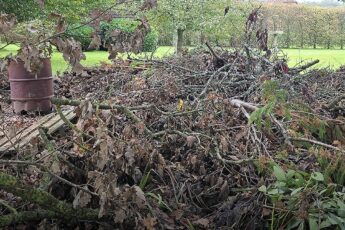If you graduated before the year 2000, there’s a good chance you took a home economics or home studies class—especially if you were a girl. Learning these domestic skills has always been valuable, yet today, the roles of both men and women in managing the home and family have become more widely accepted.
Unfortunately, home economics classes are becoming rare, with fewer schools offering boys and girls the opportunity to learn essential life skills. Many believe these classes should make a comeback, as they teach lessons not covered by subjects like Math or History.
This is especially true in today’s fast-paced world, where parents often work long hours, leaving many teens to return to an empty home after school. These kids are expected to cook for themselves, handle basic chores, and manage their own space—but how many of them actually learn how to do this in school?
There’s no denying that home economics helps foster independence. A recent study showed that 62.7% of the 3.1 million high school graduates in 2020 in the U.S. enrolled in college. For many, leaving home for a dorm room means fending for themselves for the first time. Being able to cook nutritious meals, do laundry, and maintain a clean living space is much easier if they’ve had proper instruction.
Thankfully, societal expectations for women both at home and in the workplace have evolved. Women are no longer seen as being solely responsible for cooking, cleaning, and childcare—unless they choose to be.
While learning how to cook, clean, and perform basic first aid is crucial, home economics could go beyond that. Imagine if it also taught practical skills like changing a tire, filing taxes, or replacing a lightbulb—tasks many adults still struggle with today.
Having a dedicated space in school to learn these life skills makes sense. Yet, subjects with less real-world application continue to take priority in most curriculums.
Of course, when schools don’t offer these lessons, parents can always step in to teach their children essential life skills.






